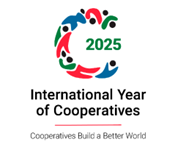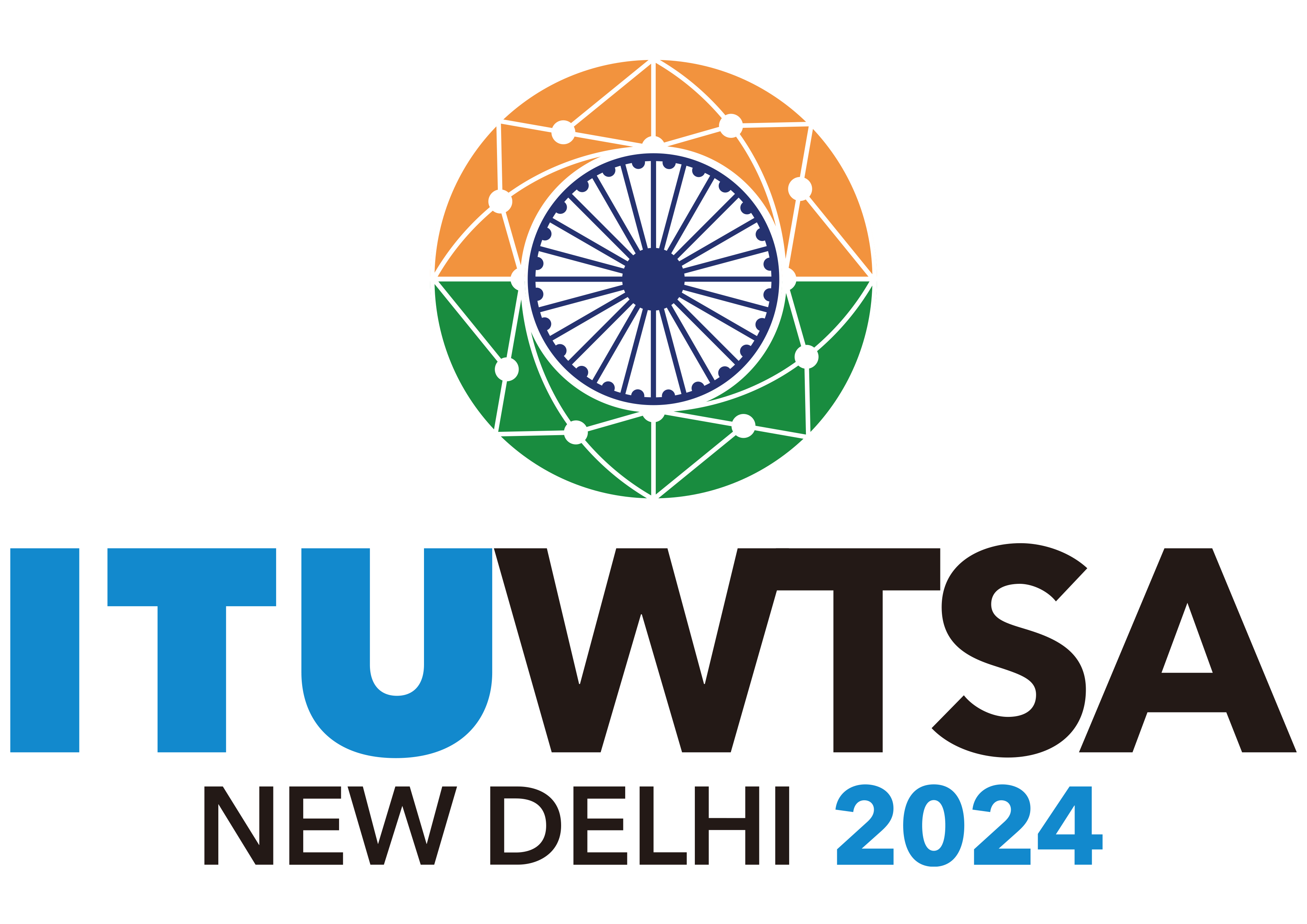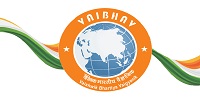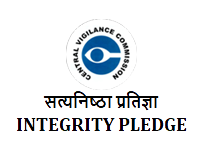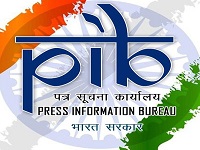The Council for Scientific and Industrial Research (CSIR) is celebrating its Platinum Jubilee this year. The Union Minister of Science & Technology and Earth Sciences, Dr. Harsh Vardhan, today addressed the press, highlighting CSIR efforts to showcase its knowledgebase that it has delivered to the nation during its journey of 75 years through its mega expo, CSIR Platinum Jubilee Technofest 2016, being organized as a part of the 36th India International Trade Fair at Pragati Maidan, New Delhi from 14th November to 27th November, 2016. The Minister said that the purpose of the Techno-Fest is to inform the masses/ public about what the government is doing in Science & Technology to improve the lives of people by technology interventions, skill development, employment generation through various collaborations with industry, academia and research.
During the press conference, the theme Directors/Coordinators of a few thematic pavilions made presentations through video conference, highlighting the key technologies on display as also the activities planned during the theme day.
The Technofest will be held in Hall No. 12A at Pragati Maidan, to show the journey, achievements and contribution of this pioneer institution since its inception 75 years ago. Apart from 14 theme-based information panels highlighting the science and the technology components of major CSIR contributions, informative exhibits, including demonstrable models would be featured inside the hall. Some activities will also be organized for the students to participate in the specific science related quiz and competitions.
The Director of the CSIR lab in each theme area along with his specialized team would be managing their respective pavilions, ensuring effective interaction with the visitors.
Different themes areas are:
15 November Aerospace & Strategic Sector CSIR-NAL/CSIR-CGCRI
16 November Engineering & Infrastructure CSIR-CBRI
17 November Mining, Minerals & Materials CSIR-NML
18 November Chemicals & Petrochemicals CSIR-NCL & CSIR-IIP
19 November Energy CSIR-CECRI
20 November Ecology & Environment CSIR-NEERI
21 November Leather CSIR-CLRI
22 November Water CSIR-CSMCRI
23 November Agriculture & Floriculture CSIR-CIMAP/CSIR-NBRI
24 November Food & Nutrition CSIR-CFTRI
25 November Healthcare & Generics CSIR-CDRI & CSIR-IICT
26 November CSIR for Societal Interventions Dr. E. Desa / Dr. Sudeep
Technical sessions will be held for entrepreneurs and would include presentation on recent success stories by the industrial partners of CSIR, preferably over a live demonstration of the technology or the outcome thereof and presentation on promising technologies of CSIR of considerable interest to the potential partners of CSIR. It would also include activities in the chain of commercialization of technologies, like signing of MoU, technology transfers, etc.
The activities for students are also planned, including (a) Holding of Science Quiz competitions and (b) Science demonstrations on the subjects revolving around the daily lives of the people.
























